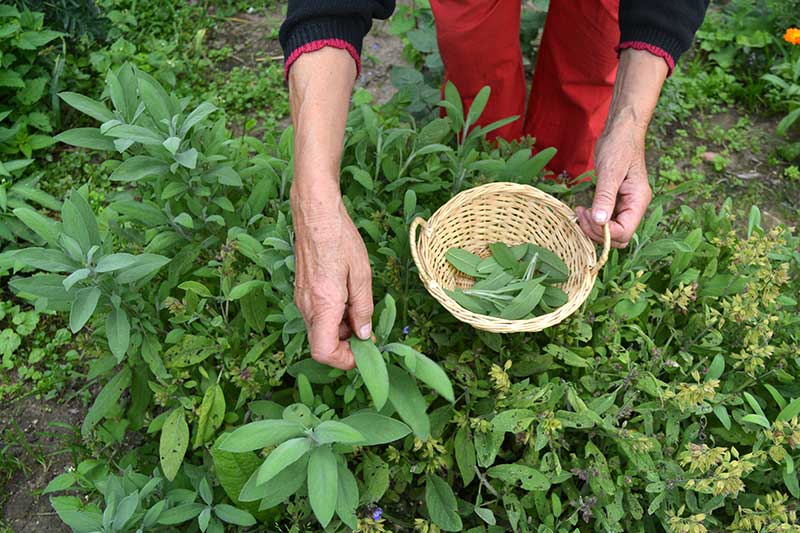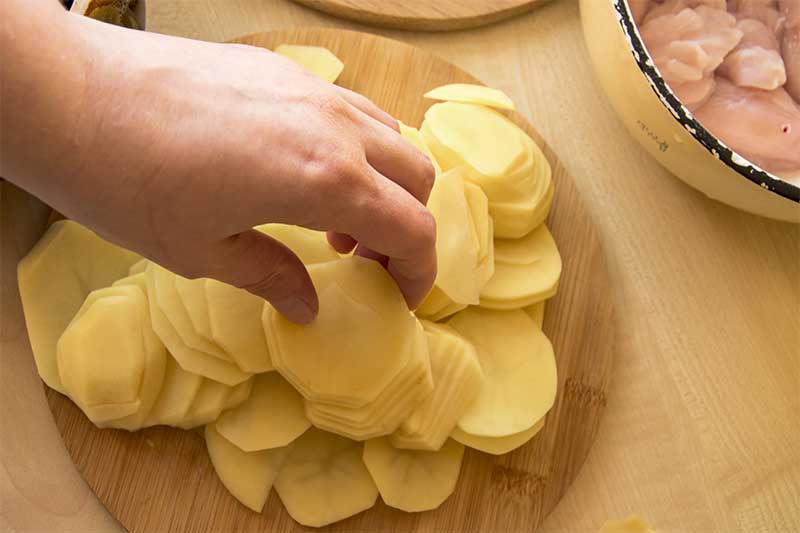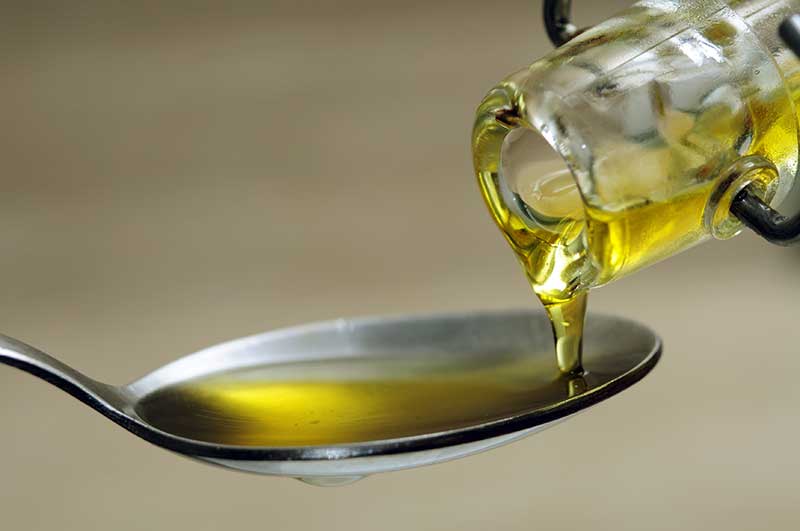When your grandparents bring you up, getting cured with peculiar medical remedies is as natural as getting double portions on your dinner plate because you’re the youngest. We all got warm milk, honey and a drop of rum when we had a bad cough, and eating eggs was certainly forbidden if we were taking antibiotics. My grandmother, as many others from the Southern Piemonte area, also swore by segnare il mal di denti con la cenere- she would make crosses on my cheeks after dipping her finger in ashes – while a friend of mine was forced to wear a clove of garlic around her neck for the whole night when she had a bad stomach ache. If some of this concoctions and practices are certainly more folklore than medicine, some other have solid roots in ancient medical practices and are worth knowing.
In any case, they all are part of that immense, age old traditional knowledge that makes so much of our heritage and marks our identity of Italians so profoundly. And you know what? Some of them, it seems, truly work. Let’s take a closer look at five of the most common throughout the peninsula. [/caption]

1. Sage leaves to clean your teeth
My grandfather used to have a vineyard in the Acqui area of Piemonte. I used to love spending time with him while he was caring for it; my favorite spot in the vineyard was an old stone bench, where I would sit for hours on end, watching attentively grandpa at work. Just behind the bench was a luscious sage bush: sitting there was glorious, its clean, crips scent mixing with those of mint and lemongrass, a beautifully refreshing balm in those warm summer days. Grandma would come, toward the middle of the afternoon, to have merenda with me: bread with butter and sugar, usually, and big glass of fresh water. Then, she would turn to the sage bush, grab a couple of leaves and start brushing them on her teeth, telling me to do the same: “They’ll keep your teeth white,” she would say. And indeed, there is science behind this old remedy so dear to grandma: sage is known to have anti-fungal, anti-bacterial and astringent properties, reason for which it is a fairly common ingredient in many a toothpaste, at least here in Italy. And it certainly does freshen your breath!

Sliced potatoes are said to help in case of headaches © Anna Rudenko | Dreamstime.com
2. Sliced potatoes to soothe a sore head
I admit this sound very strange, but it is a hit among Italian Nonne. Complain about a headache and they’ll come to the rescue with a few slices of freshly peeled, raw potatoes and a neck scarf, they’ll get you to lie down, place the slices on your temples and forehead and secure them in place with the scarf. Their prompt medical intervention usually ends with the warning not to move for at least 30 minutes. And well, as strange as this remedy may sound, it sometimes work. Potatoes are rich in starch, which is known to work as an anti-inflammatory. Moreover, potato juices are alkaline and improve circulation, thus helping blood flow to the brain. So, in this case, too, science supports our grandmas’ advice.

Lenient and soothing, olive oil can be the right thing to use on a mild sunburn © catiamadio | Dreamstime.com
3. Olive oil to cool down sunburn
Many Italian grandmas do swear by extra virgin olive oil not only in the kitchen, but also when it comes to sunburn. Olive oil softens, hydrates and it’s all natural, so it does not damage our skin: the best thing to do is to dilute extra virgin olive oil with an equal part of water and then apply the concoction on burnt skin. Once again, our Nonne are not mistaken: the anti-inflammatory and even painkilling properties of olive oil have been known to the people of the Mediterranean for millennia: you really only need to take a look at Greek and Roman medical treatises to understand how important an ingredient it was in ancient medicine. And so, it transpires, grandmas know well even the Greeks, the Romans and their secrets to make us feel better.

Onion’s warm vapors, released thanks to its immersion in hot water, also work as a mild painkiller © Juliasv | Dreamstime.com
4. Onions to get rid of earache
As a child, I used to suffer from otitis every single winter and grandma would use this remedy on me to alleviate pain while waiting for the doctor to come and prescribe the proper cure. She would take half an onion, warm it up in a bit of hot water, then have me lie down and place it on the sore ear. Needless to say, she wasn’t the only Nonna to know about the medical properties of onions, which contain a natural antibiotic called allicin, the active ingredient helping ease out the pain.
Of course, the onion’s warm vapors, released thanks to its immersion in hot water, also work as a mild painkiller, which may not be as strong as a real medicine, but certainly helps: this is why Italian grandmas of the past – mine, again, was one of them – often liked to put a flannel to heat up on the stove and then placed it tight on their grandchildren’s sore ears. And the relief, believe me, was indeed immediate!

Cloves have known anesthetic properties thanks to a substance, eugenol, they contain in abundance © Infocus | Dreamstime.com
5. Clover to kill the pain of a toothache
I think there isn’t a pain quite as awful as that of a bad toothache, especially when you’re a child. The problem is that antibiotics often take a couple of days to get rid of the pain, so the agony lasts, especially when prescribed painkillers cannot be taken more than a couple of times a day, but their effect lasts only a handful of hours (I speak from experience. Adult experience). Nonne of Italy swear by a couple of natural remedies, including that of imbuing a cotton ball in brandy and place it on the sore tooth although, now that I think of it, that’s not that “natural” of a remedy, in the end.
But using cloves certainly is. Mind, as all the other remedies mentioned in this article, using cloves to help with tooth pain is not a substitute to a proper visit to the dentist, but it can be a temporary solution to use while you wait for your appointment. As grandmas teach us, placing cloves on the aching tooth eases the pain almost immediately. This is because cloves have known anesthetic properties thanks to a substance, eugenol, they contain in abundance. If walking around with a handful of cloves in your mouth seems odd, then you can let them soak in hot water with a spoon of coarse sea salt and use the mixture as a mouthwash.
Looking at these remedies, and at all the others they like to use, it really seems Nonne truly know best, even when it comes to health. I have a theory, though: that they make us grandchildren feel better through the most important and amazing ingredient of all, their beautiful, heart warming and never ending love. Rise your hand those who agree.




























